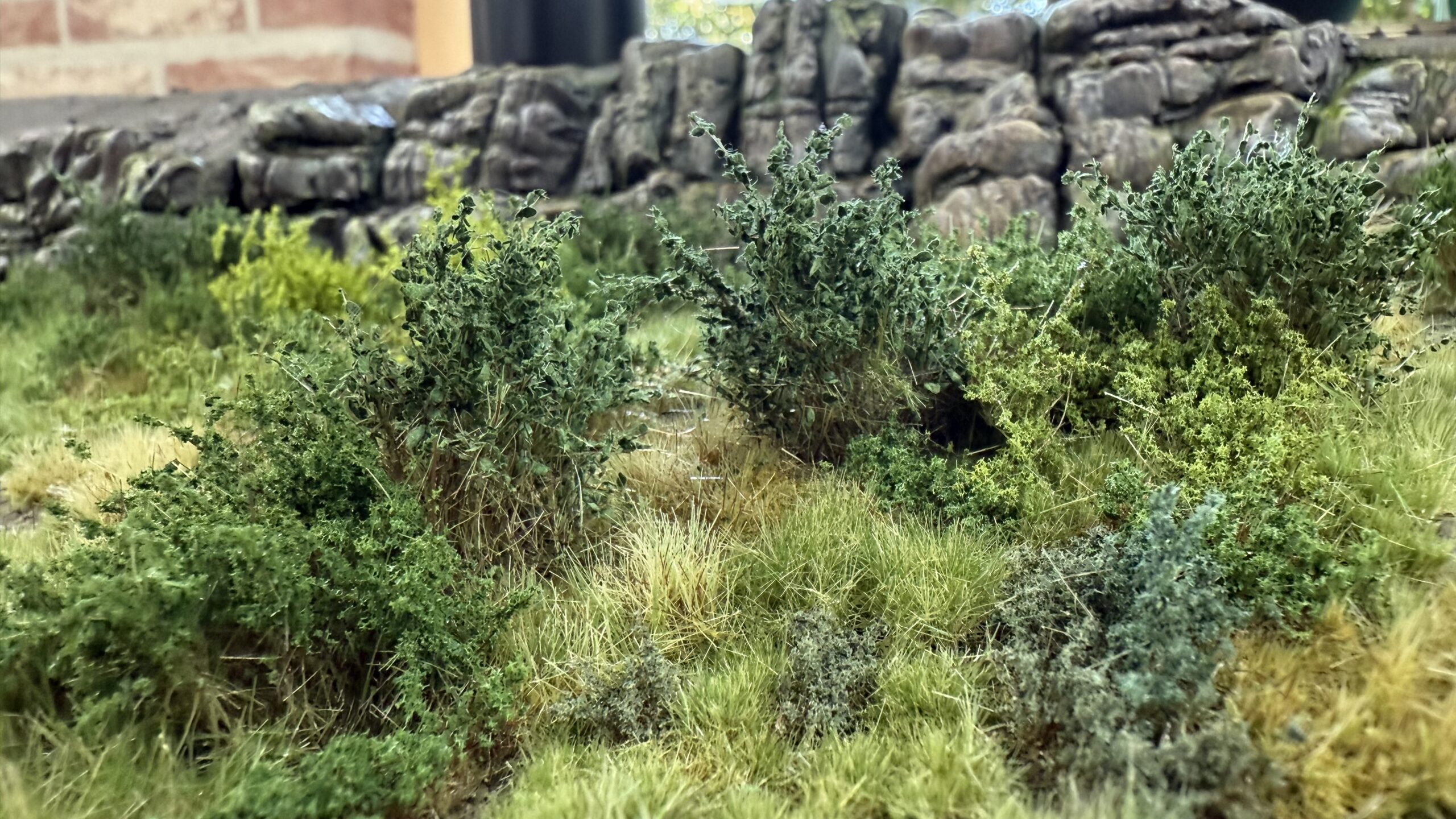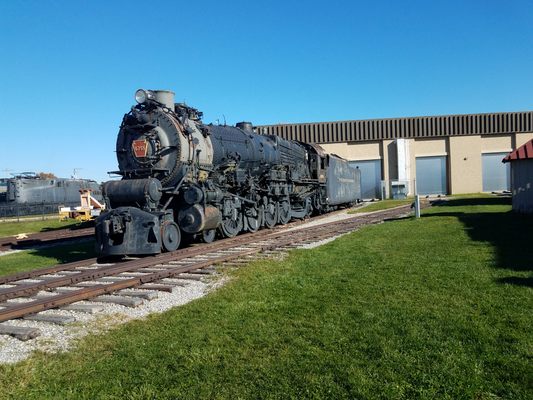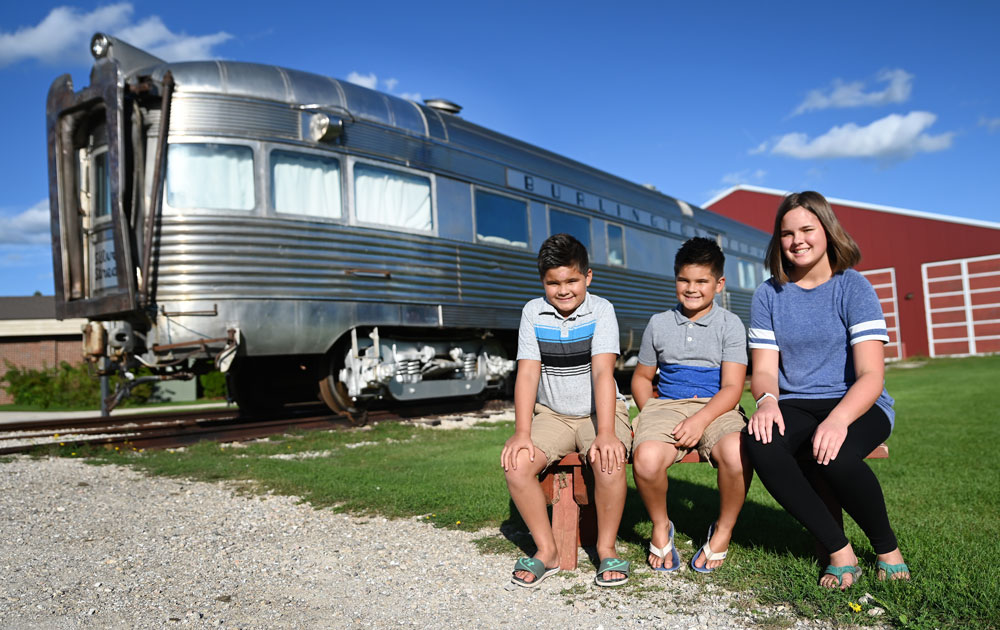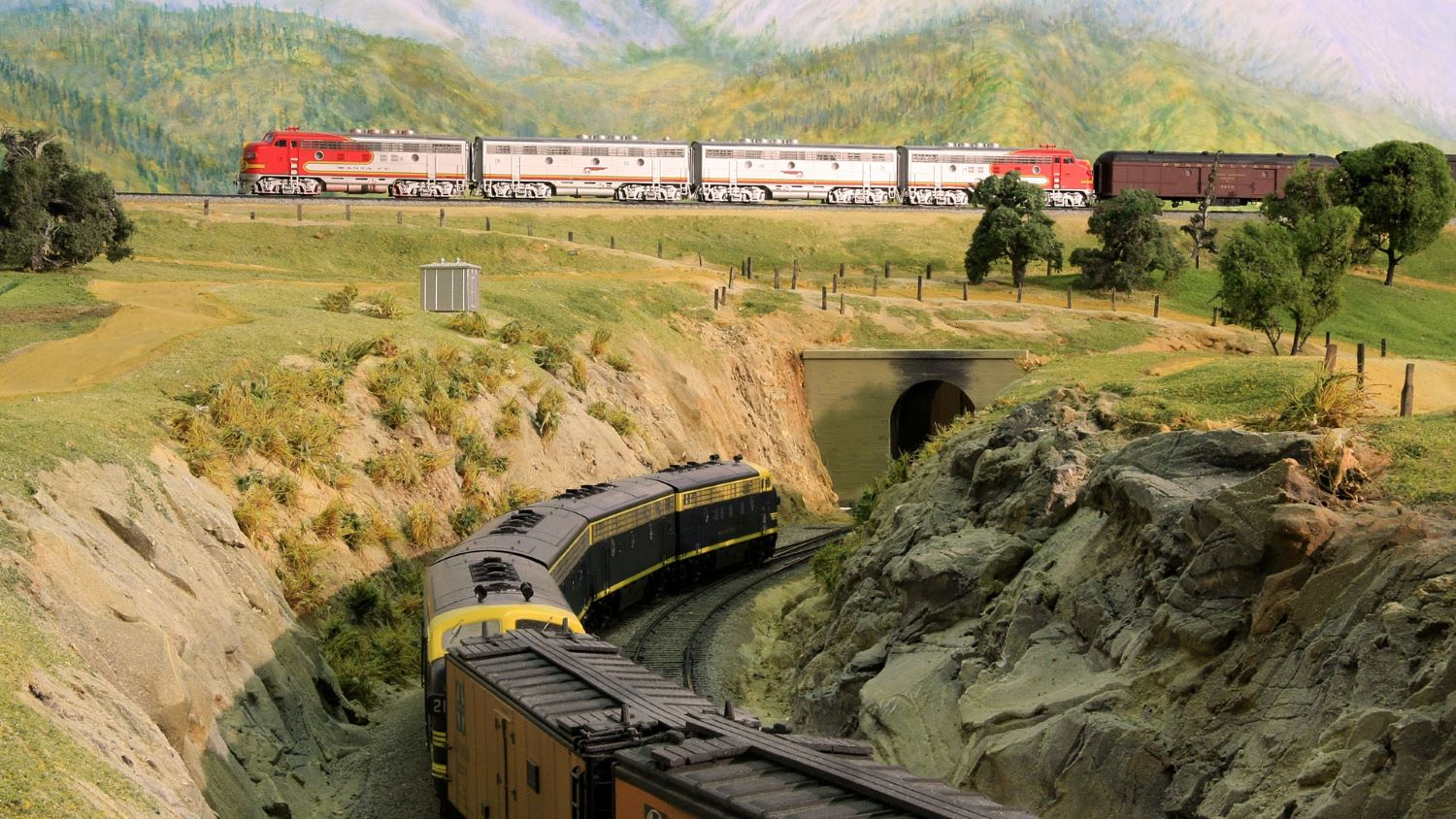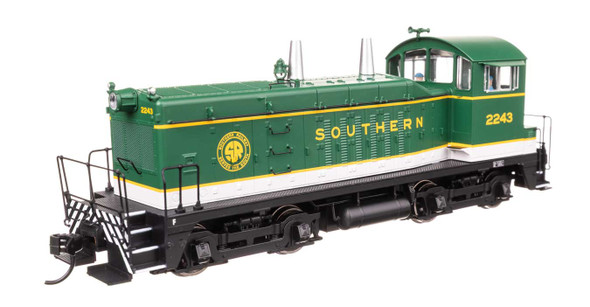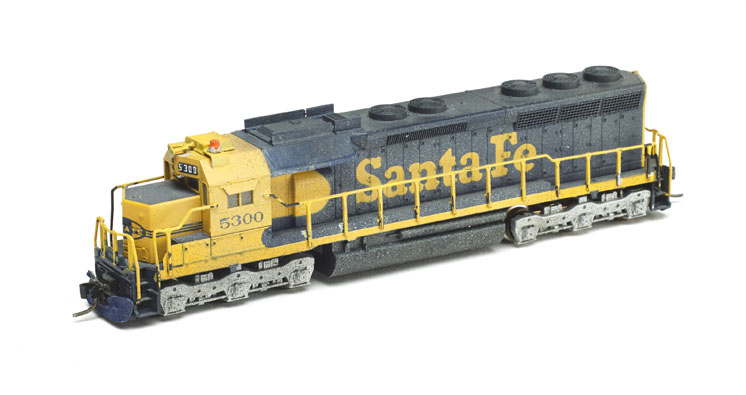If you love building model railroads, you might have heard about Martin Welberg. He is a well-known name in the scenery part of this hobby. His scenery clinic is something many hobbyists dream to attend. But what is the Martin Welberg Scenery Clinic really about? Let’s dig into it with simple words and clear details.
Who Is Martin Welberg?
Martin Welberg is not just another model railroader. He is an artist who knows how to make scenery look real. Many people buy his handmade scenery items. He sells things like tufts, bushes, and grass mats. These help hobbyists build more natural looking layouts. He lives in the Netherlands but his work is known worldwide.
Martin did not plan to become a scenery master. Like many, he started by making layouts at home. Over time, people noticed how real his work looked. Soon he started selling small pieces online. Now he also teaches others how to make scenery. That is how the scenery clinic started.
What Happens at the Scenery Clinic?
At the Martin Welberg Scenery Clinic, people learn by doing. It is not a big lecture. It is more like a small workshop. Martin shows how he makes grass look wild and bushes look fluffy. He brings all the tools and raw materials. You bring your curiosity and maybe a few questions.
You sit around a table with other hobbyists. Martin starts with a demo. He shows how to glue different textures. He explains what materials to mix. He often uses simple stuff like static grass, fine turf, and dirt. He shares tricks on how to blend them. He might tell you when to add a small rock or tree trunk.
After the demo, it’s your turn. You get your own piece of foam or board. Martin walks around and helps each person. If you mess up, he shows you how to fix it. Some clinics run for a few hours. Others go for a whole day.
Why People Love It
Many hobbyists say they learn more in one clinic than watching hours of online videos. Seeing it live makes a big difference. Martin answers questions right away. You also get to touch the materials. You see how they feel and stick. This makes it easier to remember what to do at home.
The clinic is also a friendly place. Many people come alone but leave with new friends. Everyone shares tips and talks about their layouts. Some bring photos of their own work. Martin might even give advice on how to improve certain parts.
Materials You Might See
Martin uses many types of products. Some he makes himself. Others come from brands like Noch or Woodland Scenics. Here are some common items:
- Static grass in different lengths
- Fine turf for ground cover
- Small stones or ballast
- Bushes and tufts
- Special glue and spray bottles
- Small brushes and tweezers
He also talks about tools. Many people do not know you can make homemade tools too. For example, you can use an old toothbrush to rough up grass. Or use kitchen sieves to sprinkle fine dirt. Martin loves these small hacks.
Tips You Might Learn
One big lesson is layering. Martin shows how adding many thin layers makes scenery look real. He often says nature is messy, so your layout should not look too neat. He teaches you how to break up flat areas. Maybe add a small ditch or patch of dry grass.
Another tip is color. He mixes colors to avoid dull patches. For example, he never uses only one type of green grass. He mixes light green, dark green, and even yellow grass to make it look real.
Weathering is another part. Martin explains how to add dust, rust, or mud near tracks or roads. He shows how to dry brush or use chalk powder. These small touches make your scene more lifelike.
Where to Find a Clinic
The Martin Welberg Scenery Clinic does not have a fixed place. He travels to shows or special events. Sometimes he is in Europe. Sometimes he visits the US or other countries. Model train shows often invite him to run the clinic.
If you want to join, you need to check hobby show schedules. Some clubs also book him for private workshops. It is smart to book early because seats fill fast. People come from far away just to learn from him.
What to Bring
You do not need to bring many things. Most of the time, Martin brings what you need. But it is good to bring a notebook and pen. Some people bring a small box to take home what they make. A camera is useful too. You might want to take step-by-step photos.
Wear old clothes because glue and colors can stick. Many people forget this part and end up with stained shirts.
What You Take Home
You leave with more than just a small piece of scenery. You take home new skills and ideas. You also get the confidence to try new things on your layout. Many hobbyists say the clinic opened their eyes to simple tricks they never thought of.
Some even go back again. They say each time Martin shares something new. He always tries new methods himself. That is why the clinic stays fresh and fun.
Should You Try It?
If you enjoy model railroading, the Martin Welberg Scenery Clinic is worth trying at least once. It is not just about copying what he does. It is about learning how to look at nature. You start to see grass, dirt, and bushes in a new way. Then you bring that look to your own layout.
Many people feel stuck when making scenery. They fear messing up. Martin helps you break that fear. After the clinic, you might even start to enjoy mistakes. Sometimes a mistake makes a scene look even more real.
The Martin Welberg Scenery Clinic is a small but special part of the model railroading world. It is about learning, sharing, and enjoying the art of making mini nature scenes. If you get a chance, grab your spot. Bring your questions. And get ready to make your layout come alive, one tuft at a time.
